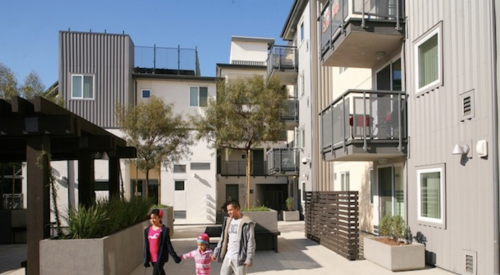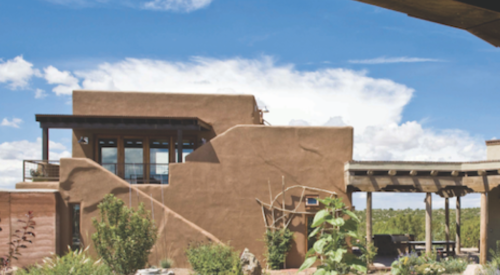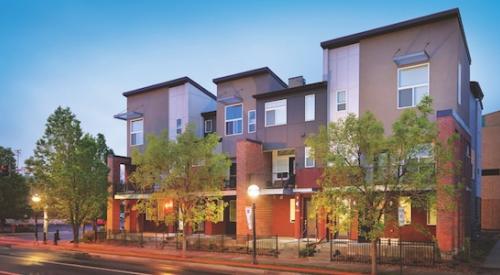First, the "smart growth" movement sweeping across the country makes cities more receptive to infill housing development, since such projects can be promoted as cures to suburban sprawl. Secondly, there’s a burgeoning market for such projects, as empty-nesters and young singles and couples rediscover the attractions of urban living. Finally, cleanup technologies have made a lot of progress in the last decade, allowing mildly polluted sites to be recovered for housing uses at reasonable costs.
"With cities (and states) trying to contain sprawl and make use of infill sites that already have infrastructure in place, urban brownfields are getting new attention from developers and property owners," says Timi Hallem of Los Angeles-based Tuttle & Taylor, a real estate consulting group specializing in such work.
"In fact, many cities actually are help-ing developers restore blighted properties by fast-tracking projects in the approval process or providing incentives if these sites are located within a redevelopment area," she says.
"While brownfields often have a certain stigma attached to them, they can be restored to a safe and usable state by today’s sophisticated cleanup processes."
Moreover, the economics of the market are beginning to line up in favor of urban brownfield sites. Even with the cost of cleanup added, tainted urban sites may be less expensive to acquire and develop than suburban sites, where sky-rocketing entitlement and environmental mitigation expenses may include school fees, traffic improvements, and habitat for endangered species.
The real driver in this movement, however, is the emergence of a new, and growing, urban housing market.
"Even in cities like Los Angeles, historically seen as suburban, young singles and couples, as well as empty-nesters, are returning in droves to urban living," says Hallem. "Many loft apartments are attracting long waiting lists."












